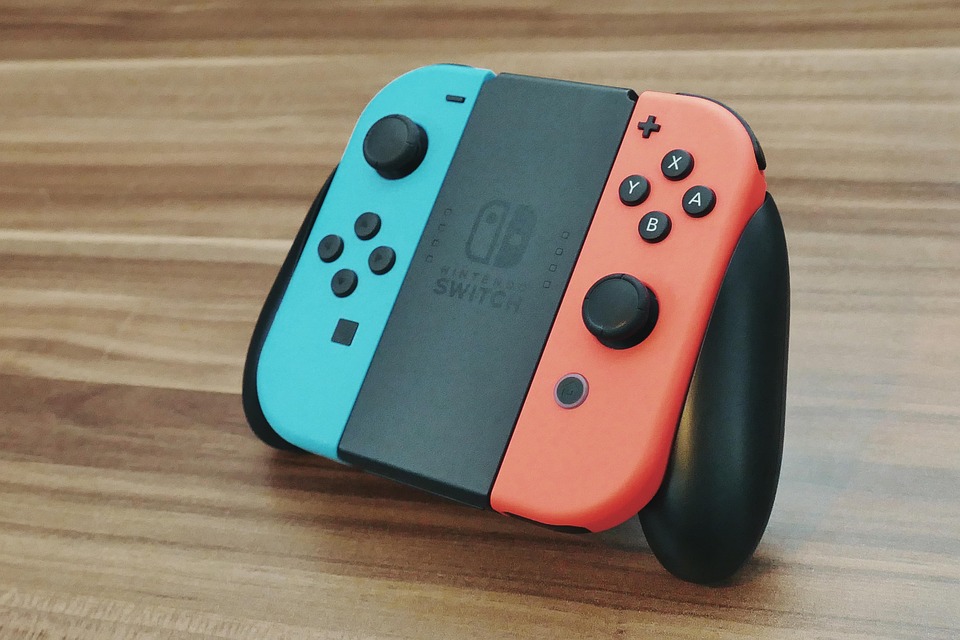The world of gaming is a vibrant tapestry woven from countless threads of innovation, creativity, and cultural shifts. From pixelated sprites of the 1980s to today’s hyper-realistic environments and complex narratives, gaming has evolved dramatically. In this article, we will explore the trends inherent in classic gaming and contrast them with the modern era, focusing on how technology, culture, and audience demands have shaped this ever-evolving medium.
The Classic Era: A Foundation of Simplicity
Nostalgia and Gameplay Mechanics
The classic gaming era, spanning from the late 1970s to the early 1990s, was characterized by straightforward gameplay mechanics. Iconic titles like Pong, Space Invaders, and Pac-Man relied on simple controls and clearly defined objectives that focused on high scores and competitive play. The technology of the time limited graphical fidelity and sound quality, forcing developers to prioritize intuitive gameplay. This resulted in addictive, engaging mechanics which still resonate with players today.
Community and Social Interaction
Arcades served as communal hubs where friends gathered to compete for high scores. The social aspect of gaming was integral, as players exchanged tips and celebrated victories together. This collective experience fostered a sense of camaraderie, laying the groundwork for what would later evolve into modern multiplayer formats.
The Transition: From 2D to 3D
As technology advanced in the mid-90s, a significant shift occurred in the gaming landscape. The introduction of 3D graphics with consoles like the PlayStation and games like Doom and Final Fantasy VII transformed gameplay. This era marks the beginning of more intricate narratives, character development, and expansive worlds. Players began to gravitate toward immersive storytelling, which became a crucial component of the gaming experience.
The Rise of Home Consoles and PC Gaming
The proliferation of home consoles and increasingly powerful PCs made gaming accessible to a broader audience. Genres like RPGs and real-time strategy games gained popularity, providing players with the opportunity to experience complex narratives and character-driven gameplay. Titles like The Legend of Zelda: Ocarina of Time and StarCraft became cultural landmarks, paving the way for future gaming franchises.
The Modern Era: Innovation and Diversity
Graphic Fidelity and Technological Advancements
Today, gaming has reached unprecedented levels of realism. With advancements in graphics technology and processing power, modern games like The Last of Us Part II and Cyberpunk 2077 offer near-photorealistic visuals and sophisticated environments. These developments have significantly enhanced immersion but have also shifted player expectations towards high production values.
The Importance of Diversity and Inclusion
Modern gaming trends emphasize diversity and inclusion, both in character representation and gameplay styles. The rise of indie games has diversified the landscape, bringing unique narratives and innovative ideas to the forefront. Titles like Celeste and Hades showcase diverse characters and themes, appealing to a broader audience. Developers are increasingly focused on creating inclusive spaces, recognizing the importance of representing different cultures, identities, and experiences within the gaming world.
Online Gaming and Esports
The rise of online gaming has revolutionized player interaction. Today, millions engage in multiplayer experiences through platforms like Steam and Twitch. The esports phenomenon has turned gaming into a spectator sport, with professional competitions offering substantial prize pools and attracting large audiences. This shift has transformed the perception of gaming from a niche hobby into a mainstream form of entertainment.
Bridging the Gap: Retrofuturism and Nostalgia
Interestingly, as modern gaming flourishes, there is a growing trend of retrogaming. The resurgence of pixel art, 8-bit soundtracks, and classic game mechanics are celebrated through indie titles and remakes. Games like Octopath Traveler and Shovel Knight pay homage to classic gaming while still appealing to modern audiences. This blend of old and new has paved the way for a more holistic appreciation of gaming’s rich history.
Conclusion
The evolution of gaming from classic to modern reflects broader technological advancements, cultural shifts, and changing consumer preferences. While the simplicity and social interaction of classic games hold a unique charm, modern gaming offers unprecedented depth, diversity, and realism. As technology continues to advance, the future of gaming promises to be exciting, but the lessons learned from the past remain crucial. Both eras have their merits, and the interplay between classic and modern gaming will undoubtedly shape the narratives we explore, the mechanics we engage with, and the communities we build in the years to come.



